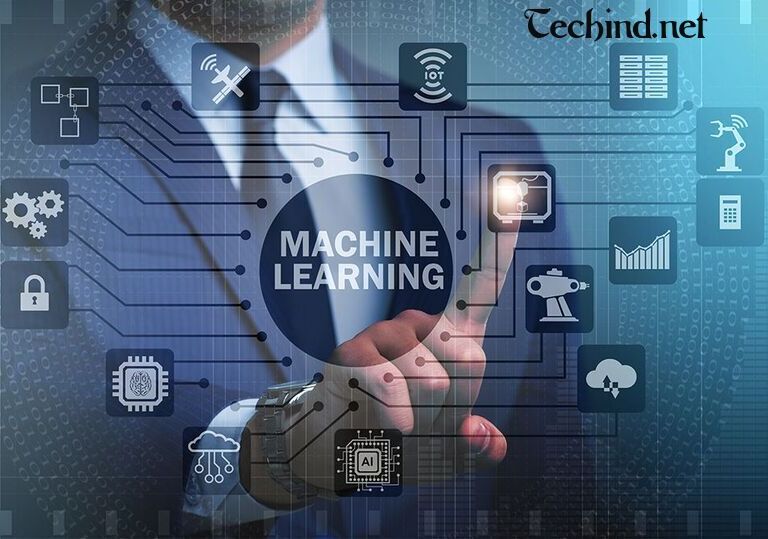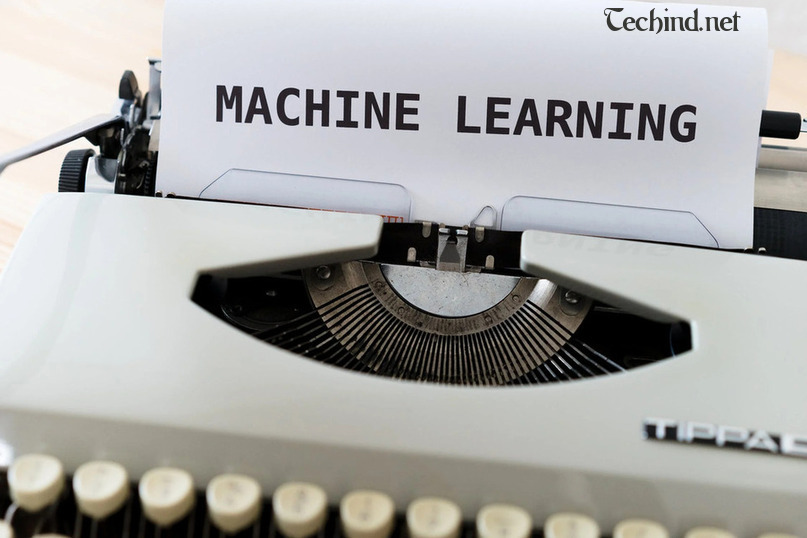
Machine learning is a subset of artificial intelligence that focuses on building systems that can learn from and make decisions based on data. It involves the development of algorithms and statistical models that allow computers to identify patterns and make predictions without being explicitly programmed to do so.
Machine Learning Methods
Machine learning can be broadly classified into three categories: supervised learning, unsupervised learning, and reinforcement learning.
Supervised Learning
In supervised learning, the machine is trained on labeled data which contains both input and output data. The goal is to learn a mapping function that can predict the output for a given input. Some popular supervised learning algorithms include linear regression, decision trees, and support vector machines.
Unsupervised Learning
In unsupervised learning, the machine is trained on unlabeled data, i.e., data without any predefined labels. The goal is to learn the underlying structure of the data, such as clusters or patterns. Some popular unsupervised learning algorithms include k-means clustering, principal component analysis, and association rule mining.
Reinforcement Learning
In reinforcement learning, the machine learns by interacting with the environment and receiving feedback in the form of rewards or penalties. The goal is to learn a policy that can maximize the cumulative reward over time. Some popular reinforcement learning algorithms include Q-learning, policy gradients, and actor-critic methods.
There are also many hybrid machine learning approaches that combine different methods to address specific problems.
Common Machine Learning Algorithms
Linear Regression
Linear regression is a supervised machine learning algorithm that is used to predict a continuous output variable based on one or more input variables. The goal of linear regression is to find the best fitting line that describes the relationship between the input variables and the output variable. This line is called the regression line or the best fit line. Once the regression line is found, it can be used to make predictions for new input values.

There are two main types of linear regression: simple linear regression and multiple linear regression. Simple linear regression involves predicting a single output variable based on a single input variable. Multiple linear regression involves predicting a single output variable based on multiple input variables.
Linear regression is widely used in a variety of fields, including finance, economics, and engineering. It is a powerful tool for making predictions and understanding relationships between variables. However, it is important to be aware of the assumptions and limitations of linear regression before using it to make predictions.
Logistic Regression
Logistic Regression is a statistical method used for binary classification. It is commonly used in machine learning to predict the probability of a certain event occurring based on input variables. It works by fitting a logistic function to the input data, which maps input variables to a probability between 0 and 1. The logistic function is defined as:
$$ p(x) = \frac{1}{1 + e^{-z}} $$
Where z is a linear combination of the input variables:
$$ z = \beta_0 + \beta_1 x_1 + \beta_2 x_2 + \cdots + \beta_n x_n $$
The logistic regression model estimates the values of the coefficients $\beta_0, \beta_1, \beta_2, \cdots, \beta_n$ based on the training data, and then uses these coefficients to predict the probability of the event occurring for new input data.
Decision Trees
Decision trees are a type of algorithm used in machine learning for both classification and regression. They work by recursively splitting the data into subsets based on the most significant attribute or feature. This process is repeated until a stopping criterion is met, such as a maximum tree depth or minimum number of observations in each leaf node.
Random Forest
A random forest is a type of machine learning algorithm that can be used for both classification and regression tasks. It works by creating multiple decision trees and combining their predictions to arrive at a final output. The trees in a random forest are constructed using a random sample of the data and a random subset of the features. This randomness helps to reduce overfitting and improve the accuracy of the model. Random forests are a popular choice for applications such as image recognition, speech recognition, and medical diagnosis.
K-Nearest Neighbors
K-Nearest Neighbors (KNN) is a machine learning algorithm used for classification and regression. It works by finding the K-nearest data points in the training set to a given test point and predicting the test point label based on the majority class of those neighbors. KNN is a non-parametric algorithm, meaning it makes no assumptions about the underlying distribution of the data. It is popular for its simplicity and relatively good performance, particularly in low-dimensional spaces.
Support Vector Machines
Support Vector Machines (SVM) is a type of supervised machine learning algorithm that can be used for classification or regression. SVM works by finding the hyperplane that best separates the data into different classes. The hyperplane is chosen such that it maximizes the margin between the two classes.
SVM has been widely used in various fields, such as image classification, bioinformatics, and text classification. It is a powerful algorithm that can handle both linear and non-linear data.
One of the advantages of SVM is that it is less prone to overfitting, which is a common problem in machine learning. However, SVM can be computationally expensive, especially when dealing with large datasets.
Naive Bayes
Naive Bayes is a probabilistic algorithm used in machine learning for classification tasks. It is based on Bayes’ theorem, which states that the probability of a hypothesis is calculated based on prior knowledge of the conditions related to the hypothesis.
In the context of machine learning, Naive Bayes is often used for text classification tasks, such as spam filtering and sentiment analysis. It works by assuming that the features (words) in a document are independent of one another, and calculates the probability of a document belonging to a certain class based on the frequency of the features in that class.
Principal Component Analysis
Principal Component Analysis (PCA) is a technique used in machine learning and statistics to reduce the dimensionality of data. It works by finding the linear combinations of variables that explain the maximum amount of variance in the data. These linear combinations are called principal components, and they can be used to create a lower-dimensional representation of the original data. PCA is commonly used in image and signal processing, as well as in finance and economics.
K-Means Clustering
K-means clustering is a type of unsupervised learning algorithm that is used to group similar data points together. The algorithm works by assigning each data point to a cluster based on the mean value of the points in that cluster. The algorithm then iteratively adjusts the cluster centroids until the clusters are optimized and the within-cluster sum of squares is minimized.
The K-means algorithm is commonly used for image segmentation, document clustering, and market segmentation. It is a relatively simple and efficient algorithm, but it can be sensitive to the initial choice of cluster centroids and may not always converge to the optimal solution.
Machine Learning with MATLab
MATLab is a popular programming language for machine learning applications. It offers a variety of tools and functions for data analysis, visualization, and modeling. With MATLab, you can:
- Build and train machine learning models
- Analyze and preprocess data
- Visualize and understand your data
- Evaluate and optimize your models
Whether you are an experienced data scientist or just getting started with machine learning, MATLAB can help you achieve your goals.
Future of Machine Learning
As machine learning continues to advance, it is expected to have a significant impact on a wide range of industries and applications. Some potential future developments include:
- Increased use of machine learning for predictive analytics in fields such as healthcare and finance
- More sophisticated natural language processing, enabling machines to better understand and respond to human language
- Continued development of autonomous vehicles and other robotic systems
- Advances in computer vision and image recognition, with applications in fields such as security and retail
As these and other developments continue, machine learning is likely to play an increasingly important role in shaping the world around us.
Conclusion
Machine learning is a rapidly growing field with a wide range of applications. As the amount of data we generate continues to increase, the need for machine learning solutions will only become more pressing. By using algorithms to analyze data and make predictions, machine learning has the potential to revolutionize industries ranging from healthcare to finance.
![Error [pii_email_4dd09cddea0cd66b5592] with Outlook- Solutions that Will Work](https://techind.net/wp-content/uploads/2024/01/Error-pii_email_4dd09cddea0cd66b5592-with-Outlook-Solutions-that-Will-Work.png)
